Last updated on 2025-09-23
A review and Photo example of APO MAKRO PLANAR 120mm for CONTAX 645 with a LEICA digital camera.
- Please see the disclaimer regarding advertising here.
- Italicized links in the text are advertisement links that take you to other sites.
Table of contents
Gallery
- Photo example for APO MAKRO PLANAR 120mm from Leica S typ007
Review
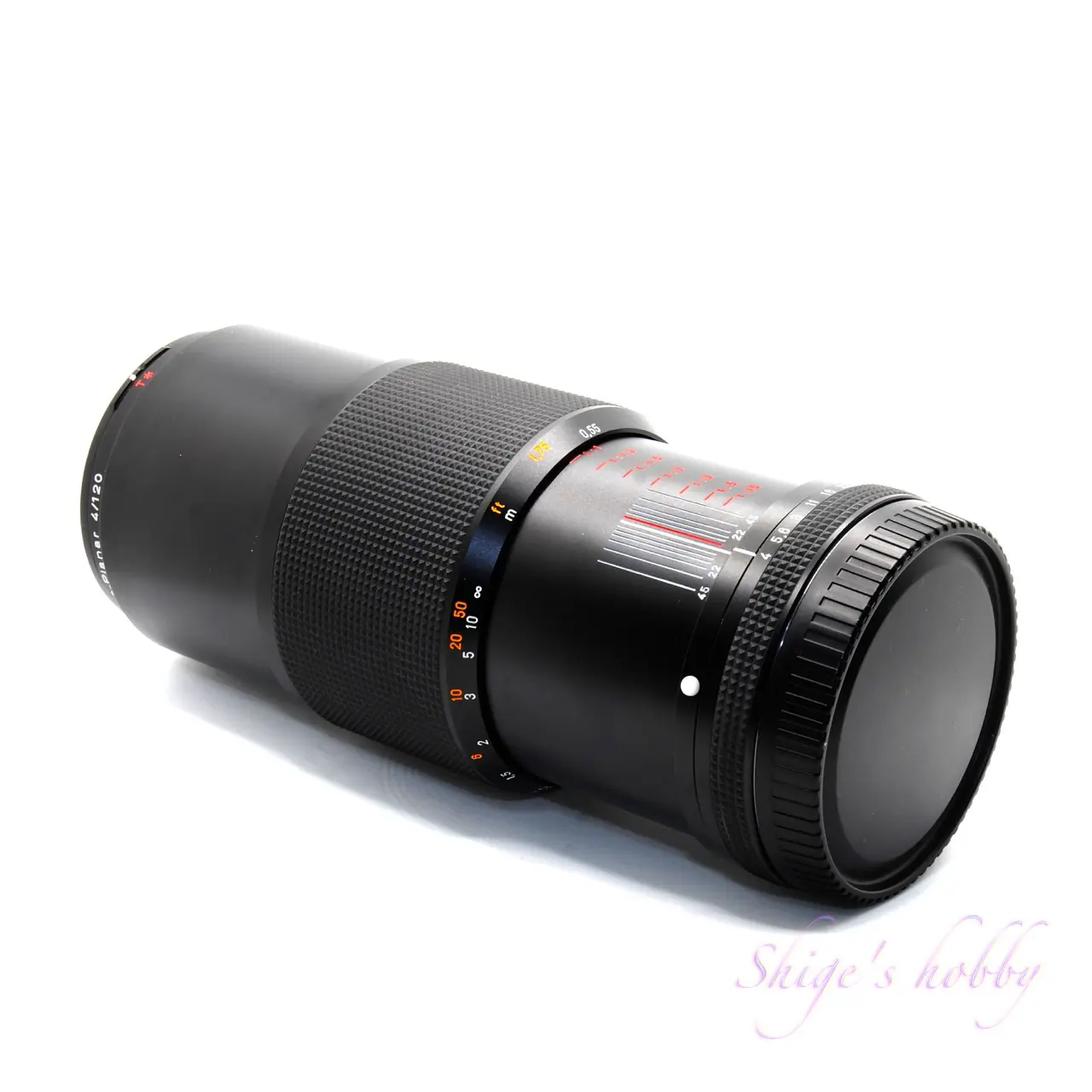
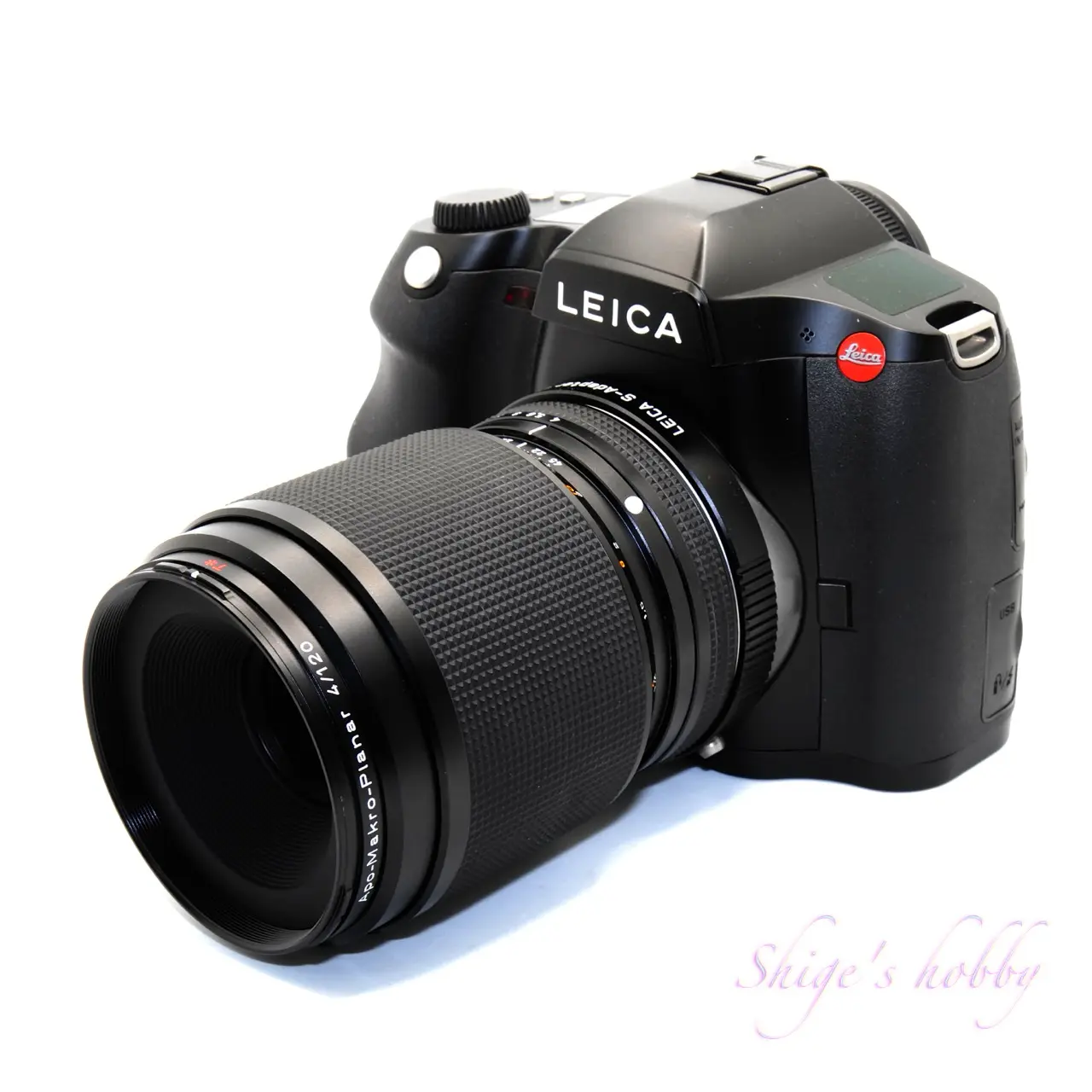
1.Overview
The APO Macro Planar 120mm is a life-size macro lens with a focal length of 120mm that Kyocera released in 1999 for the medium-format camera Contax 645. When used with the Leica S series, it becomes a medium telephoto macro lens with a focal length of 96mm in 35mm format. When using 645 film with the Contax 645, it becomes 74mm.
- There is a lot of information on the difference between life-size macro and half-macro on the Internet. To summarize, when a subject is photographed, the state in which the subject is the same size as the actual object on the film or sensor is called life-size 1:1, and the state in which the subject is half the size is called half 1:2.
- With digital cameras, the image on the sensor is viewed on a monitor, so it is difficult to compare the actual size and the size of the subject photographed, so the terms life-size and half-size are difficult to understand with digital cameras.
The main specifications are as follows, and details are listed in the table.
- Maximum aperture: F4
- Lens construction: 6 groups, 9 elements
- Minimum focusing distance: 0.3m
- Hood: GB-73, same as the Sonnar 140mm
As you can see from the specifications, the front group of 4 groups and 6 elements is a normal planar configuration, and the rear group of 2 groups and 3 elements is used for aberration correction and improving the shooting magnification.
The medium-format HASSELBLAD V lens Macro Planar has a normal planar configuration of 4 groups and 6 elements, and is considered to be a lens configuration that has evolved to perform life-size macro photography with 645 film.
The lens mechanism is a full extension type where the front and rear groups extend in opposite directions when focusing. Even with full extension, autofocus is easy to achieve if the lens moves inside the lens barrel. However, since the lens barrel itself extends back and forth, the mass to be moved is large. Therefore, although the CONTAX 645 camera supports autofocus, this lens does not adopt an autofocus mechanism and is a manual focus lens only.
The advantage of moving the lens barrel itself is that when the lens is at the infinity position, the total length of the lens becomes very compact at 104mm, making it easy to carry. When the focus ring is turned to the minimum shooting distance during actual shooting, the total length of the lens becomes about twice as long at 200mm. Since there is no mechanism such as autofocus, the weight is about 800g, which is very light for a medium format macro lens.
This lens is manual focus and has an aperture ring, but the aperture is driven electrically, so care must be taken because the aperture cannot be operated unless the mount adapter has electronic contacts. In that case, it will always be used at full aperture.
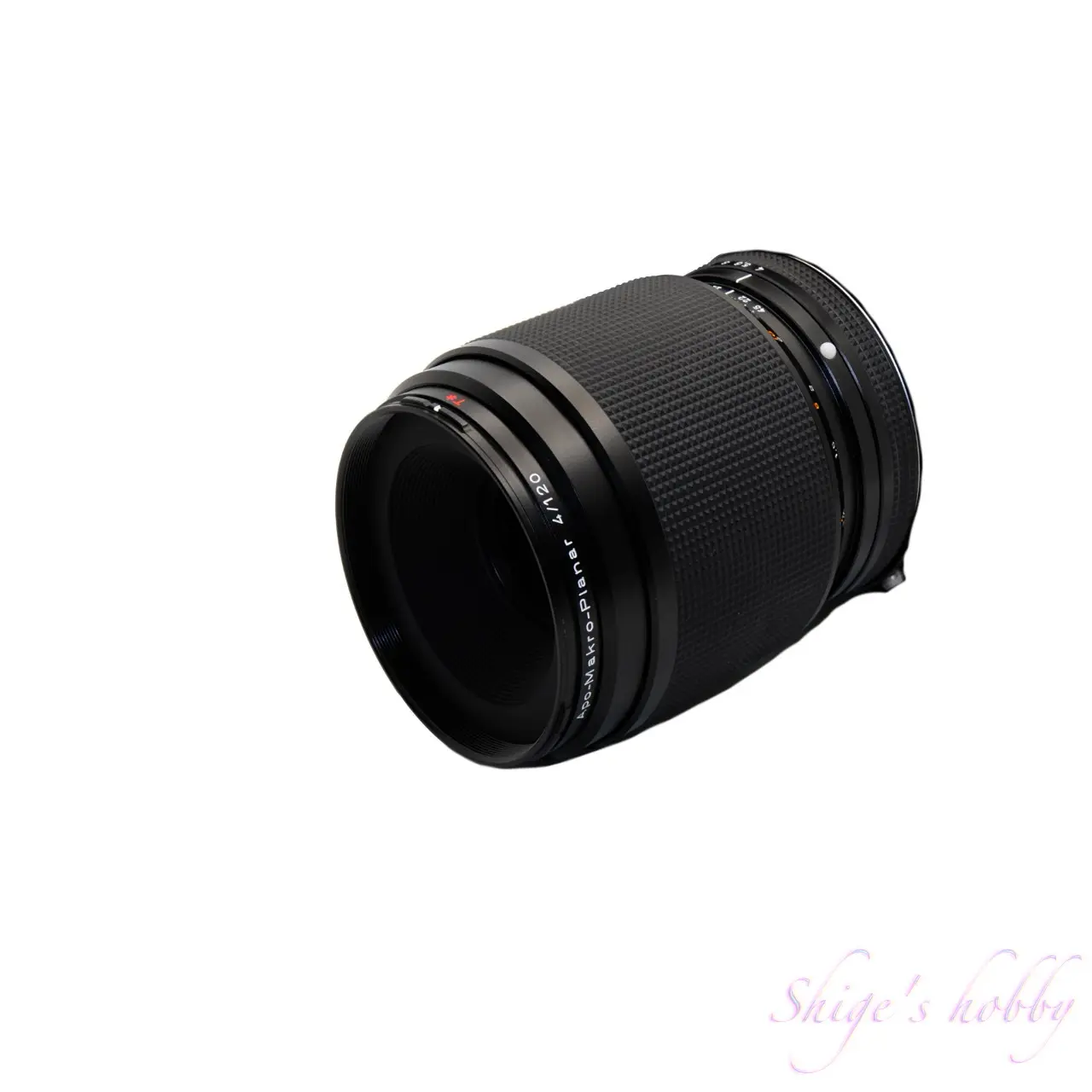

2.Usability
The APO Macro Planar 120mm image circle is compatible with 645 film format, so it can easily cover the 45x30mm sensor of the Leica S and the 35mm full-frame sensor.
The image obtained from the wide image circle has a gentle blur in the foreground and background when you get close, even at the maximum aperture of F4. The focal plane also becomes thin, but the sharpness of the focal position gives you the feeling that you are using an excellent macro lens.
Not only for close-up shots, but also for landscapes, it provides excellent, distortion-free, uniform images across the entire screen.
When used with the LEICA S TYP007, if the camera is in autofocus mode, the shutter will not be released unless the central single-point focus of the Leica S is displayed as in focus, which can be inconvenient when moving the focal plane to the corner of the screen.
Of course, if you set the camera to manual focus mode and shoot, the shutter will be released at the position confirmed in the viewfinder. However, when used in conjunction with an autofocus lens, it is a bit of a hassle to change the focus mode after changing the lens.
The lens is equipped with an aperture ring, but when used with a Leica S using 16038 [Leica S Adapter C], the aperture ring is ignored and the aperture is set on the camera.
I became interested in this lens because of its unique lens configuration. It stands out among the many Macro Planars, and has a focal length of 120mm, the standard for medium format macro lenses. As stated in the lens name, it is an APO lens that suppresses chromatic aberration, so there is no color bleeding in the images. Zeiss coating technology provides good resistance to backlighting, so I have never had any problems shooting without a hood.
3.Summary
In conclusion, to sum up the APO Macro Planar 120mm is an extremely excellent macro lens.
Because it’s a macro lens, the lack of autofocus isn’t a major drawback, and for camera users who have a compact lens size when stored and can purchase a compatible mount adapter, it’s a lens worth having.
Specifications, considerations, etc.
The APO Macro Planar 120mm F4 can be compared to the Leica APO Macro Summarit S 1:2.5/120 and the Hasselblad HC Macro 120mm-II F4.
The Hasselblad HC Macro 120mm is designed to extend only the front group, and is capable of AF shooting with HASSELBLAD H series cameras and LEICA S series cameras (however, the HASSELBLAD X series is only MF).
The HC120mm weighs 1.4kg, just under twice as much as the APO Macro Planar, due to the addition of a lens shutter unit and AF unit.
The Leica APO Macro Summarit S 1:2.5/120 is a bright macro lens with an aperture of F2.5, more than one stop brighter than the CONTAX 645 and Hasselblad macros. However, it cannot reach life-size and is considered a half-macro lens.
It appears to have been designed with portraiture rather than close-up performance in mind, and it’s an interesting lens as it has a reputation in overseas forums for having more stable AF accuracy than the Summicron-S 100mm.
- The lens construction diagrams are quoted from each company’s materials, and the sizes have been adjusted by us, so they are not exact.
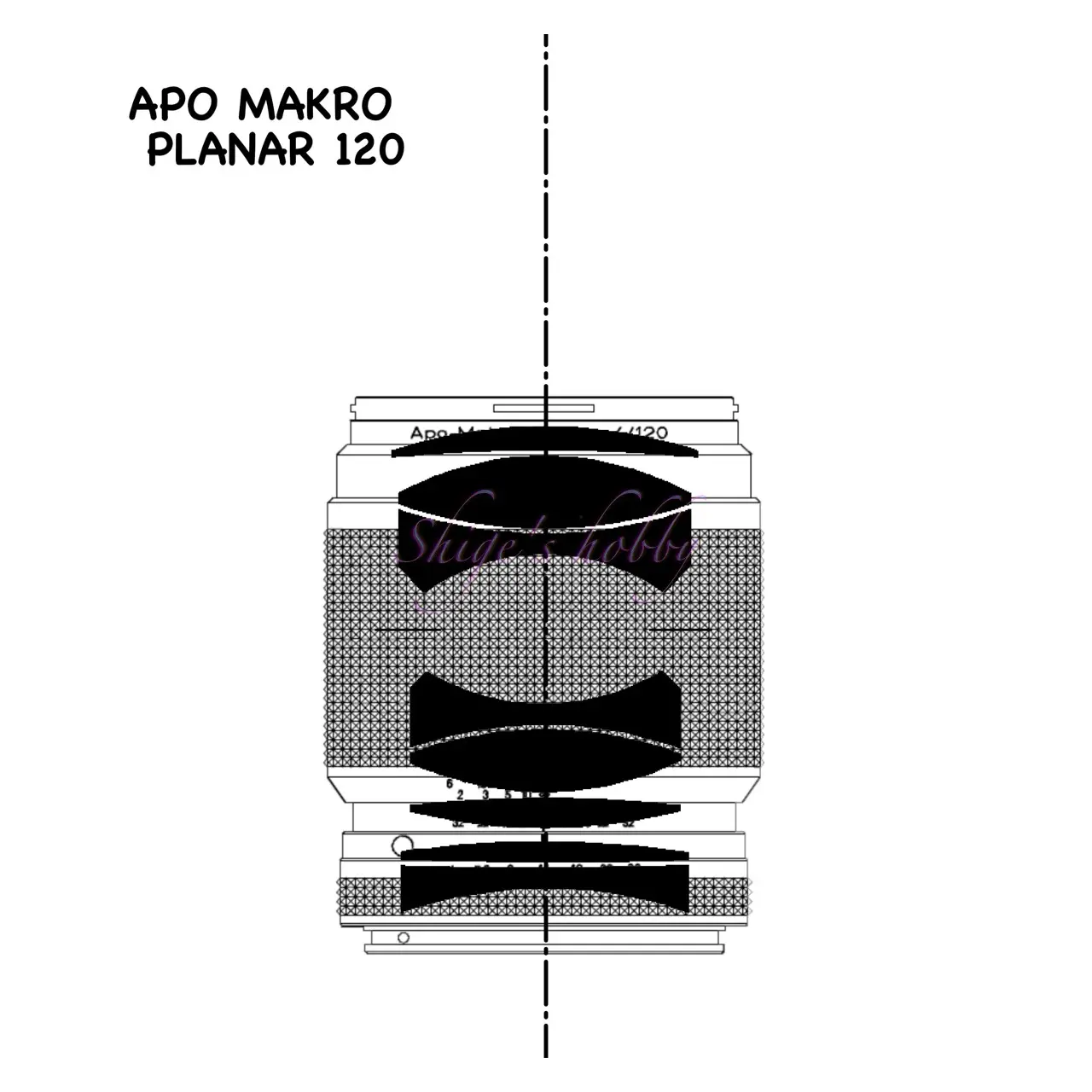

| Lens name | APO MAKRO PLANAR | APO MACRO SUMMARIT S | HC 120 II |
| Focal length(mm) | 120 | 120 | 120 |
| Max aperture | 4 | 2.5 | 4 |
| Min aperture | 32 | 22 | 45 |
| Number of Aperture blade | 8 elements in 5 groups | 9 elements in 7 groups | 9 elements in 9 groups |
| Lens Construction | – | – | – |
| Min distance(m) | 0.3 | 0.57 | 0.39 |
| Lens length(mm) | 104 | 128 | 166 |
| Max diameter(mm) | 86 | 91 | 96 |
| Filter Size(mm) | 72 | 72 | 67 |
| Weight(g) | 796 | 1135 1205(CS) | 1410 |
| Lens Shutter Mechanism | CONTAX645 | LEICA S | HASSELBLAD H |
| Release date | 1999 | 2010.10 2013.2(CS) | – |
| Shooting magnification | 1/1 | 1/2 | 1/1 |
・Digression side note
This lens configuration has been developed into the Makro Planar T* 2/100 and Milvus 2/100M (8 groups, 9 elements) under the ZEISS brand manufactured by Cosina. And this lens is the only MAKRO PLANAR that clearly states APO in the lens name.
The configuration is different from the YASHICA CONTAX Makro Planar®T* f/2.8 – 100 mm (7 groups, 7 elements) for SLR cameras of the Macro Planar, which is also a 35mm format manual focus lens with all groups extending, and the shape is like a younger brother of the APO MAKRO PLANAR, making it an interesting lens. I would like to get one and use it someday.
Reference links
- ZEISS History product for APO MAKRO PLANAR 120
- HASSELBLAD HC120mm mcaro-I・Shige’s hobby
- HASSELBLAD HC120mm mcaro-II・Shige’s hobby
- LEICA S with HC f4 120mm Macro II・Shige’s hobby
- SUMMICRON S 100 ASPH. ・Shige’s hobby
Affiliate Link
- CONTAX645・Ads by ebay
- CONTAX 645 lens・Ads by ebay
- Leica 16038 S Adapter C Contax 645 Lens to S System・Ads by ebay
- APO MACRO PLANAR T* 120mm for CONTAX 645
Update history
- 2025.4.13
- 2024.9.2
- 2024.2.11:Update
- 2022.06.19:First draft

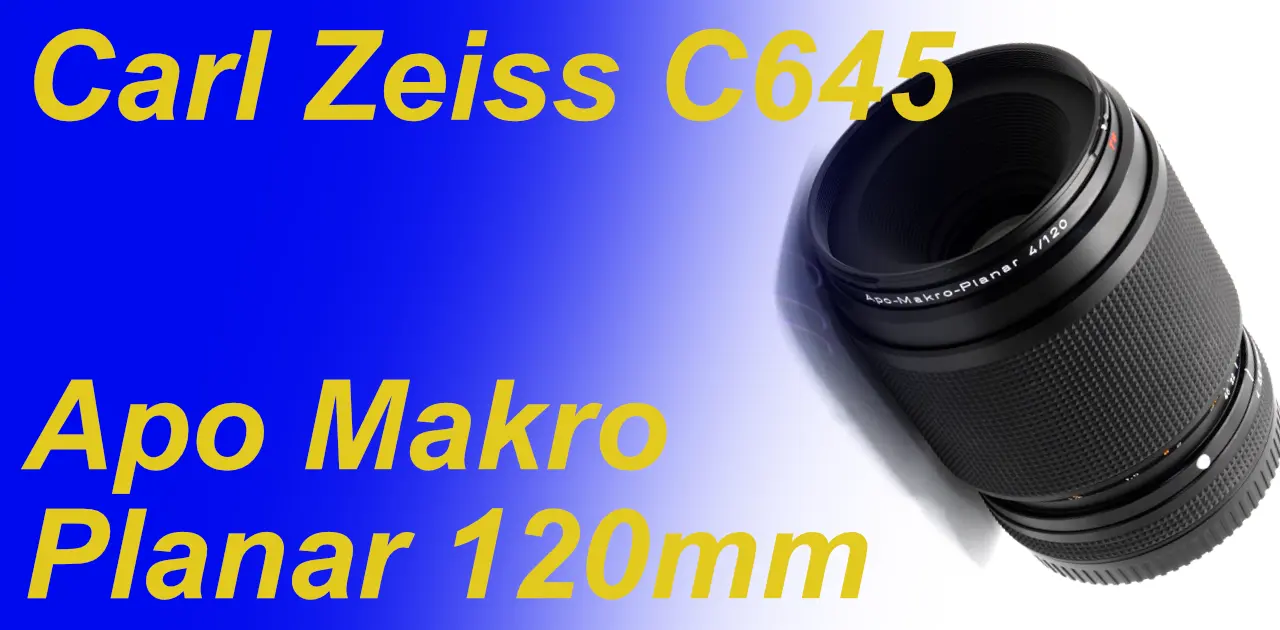

Be First to Comment